Why Dark Art Creates Rejection?
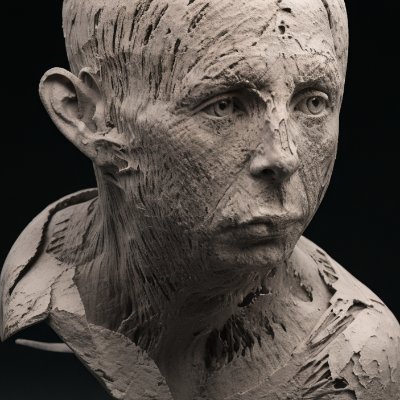


Why Dark Art Creates Rejection
Personal view
Since always, I have been fascinated by dark art, although not in its bloodiest or most brutal manifestation. My attraction lies more in what I find in science fiction, like in The Lord of the Rings, eXisteZ, Mad Max, The Matrix, Alien, dystopia of Black Mirror, where dark themes are addressed with a philosophical depth that invites reflection.
This inclination has led me to explore dark art in my own work, such as in my project Morpho. Although I don't consciously seek it, I always find that mix of the rare and the figurative in my art.
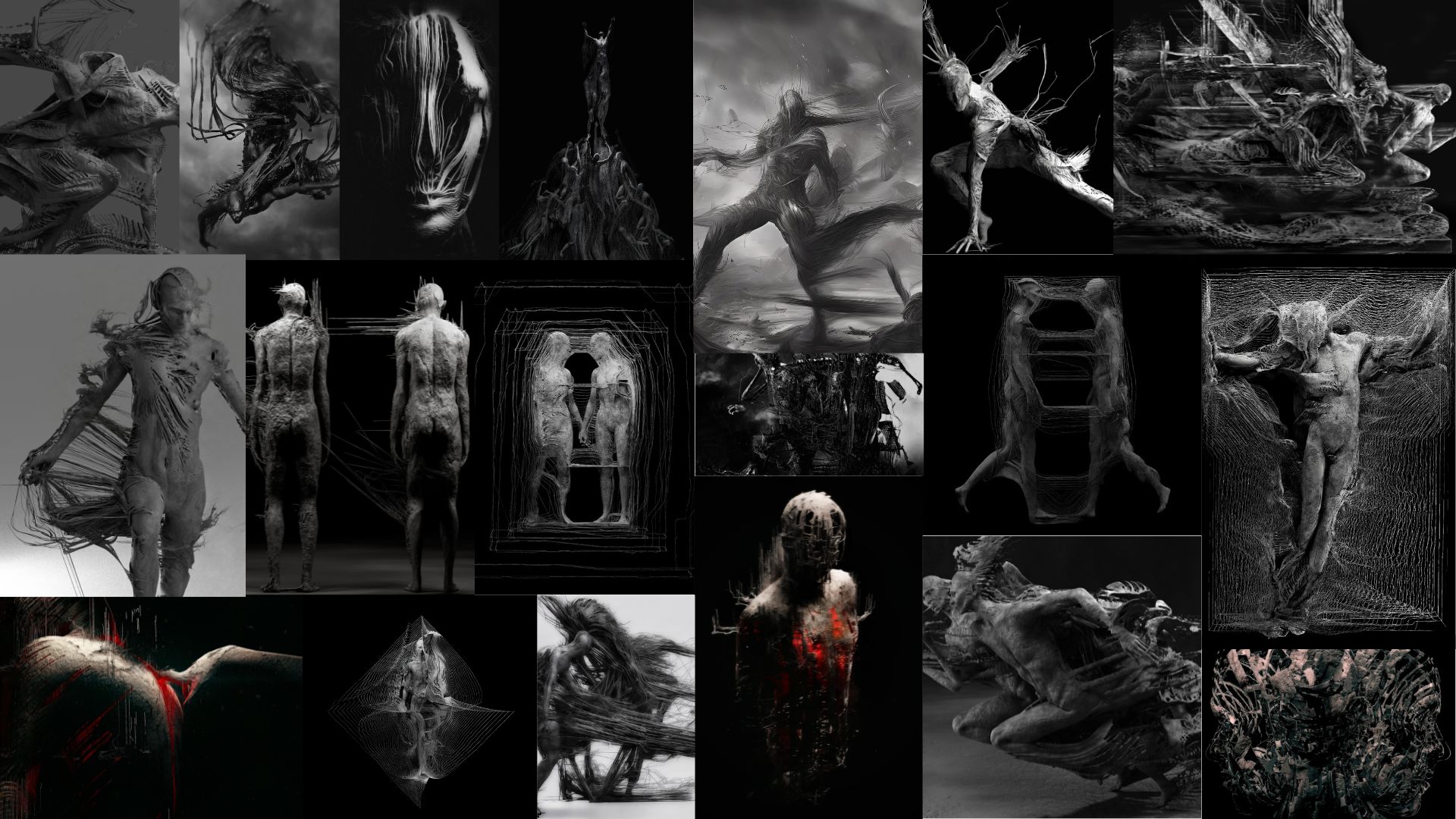
This ambiguity generates diverse responses among viewers; comments like "What is that?" or "You're crazy" (in a joking tone or not haha) coexist with praise for being "unique" and "cool." I appreciate these reactions because they indicate that my art elicits a genuine response, challenging the viewer to categorize what they see.
However, I also perceive a latent rejection of my art, perhaps because it does not support itself in the same way that a landscape painting would. This phenomenon may relate not only to the nature of dark art but also to the medium I work in: digital art. There is a tendency to undervalue it, as if creating it on a computer renders it less valuable than traditional painting. Yet digital art is not just about technique; ideas are fundamental, and over time, I believe its value will be recognized.
This analysis leads me to reflect on the rejection of dark art and society's preference for the beautiful and pleasurable. Perhaps in a chaotic world, we prefer to avoid what makes us uncomfortable. However, dark art reflects society, and while beauty and ugliness must coexist, it is the rare and dark that lingers in our memory.
The rejection of dark art has deep roots in our psychology and culture. Throughout history, art that explores death, suffering, and darkness has generated both controversy and fascination. This phenomenon raises questions about why we are uncomfortable with darkness and what it reveals about ourselves and our society.
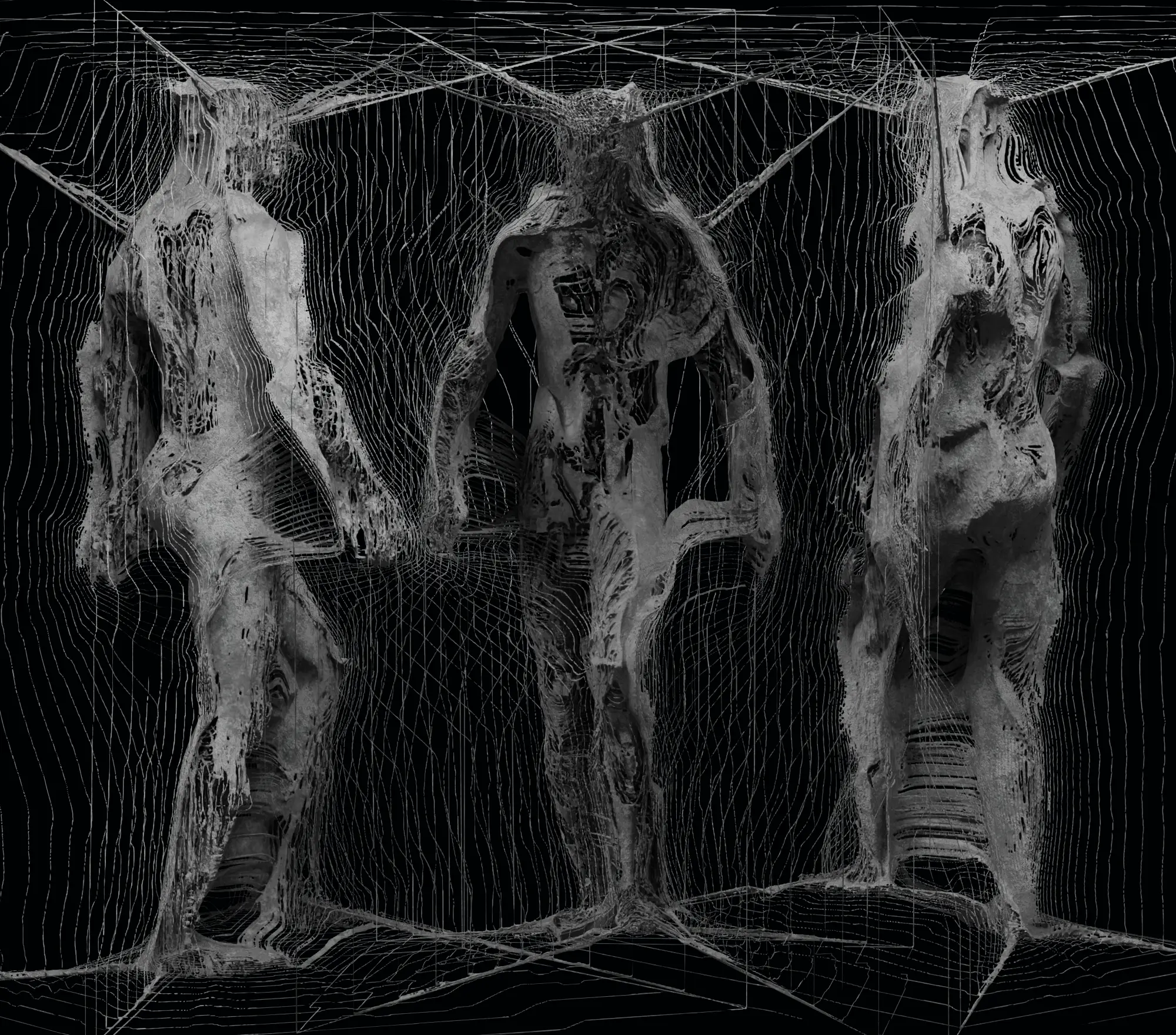
.
Now you are going to see some questions that I will try to answer as best as possible in a psychoanalytical and philosophical way.
What is Dark Art and How Does It Affect Our Psyche?
Dark art is not limited to representing macabre or violent scenes; it also explores the depths of human experience, including themes such as existential anguish, hopelessness, and uncertainty. These works tend to activate areas in our brain related to alertness and fear, such as the amygdala, which responds to stimuli we interpret as threatening. This contrasts with "non-dark" art, which activates the reward system, releasing dopamine and creating a sense of pleasure, as evidenced by studies like those of Semir Zeki in The Visual Brain (1999).
This contrast in brain responses explains why many feel uncomfortable with dark art: it’s not just the subject matter that disturbs them, but a neurobiological response triggered by what we perceive as dangerous or unsettling. Rollo May, in The Man in Search of Himself (1953), deepens this point by suggesting that dark art confronts us with anxieties we rarely address in daily life. This type of art becomes an intense emotional experience, a mirror reflecting our own shadows.
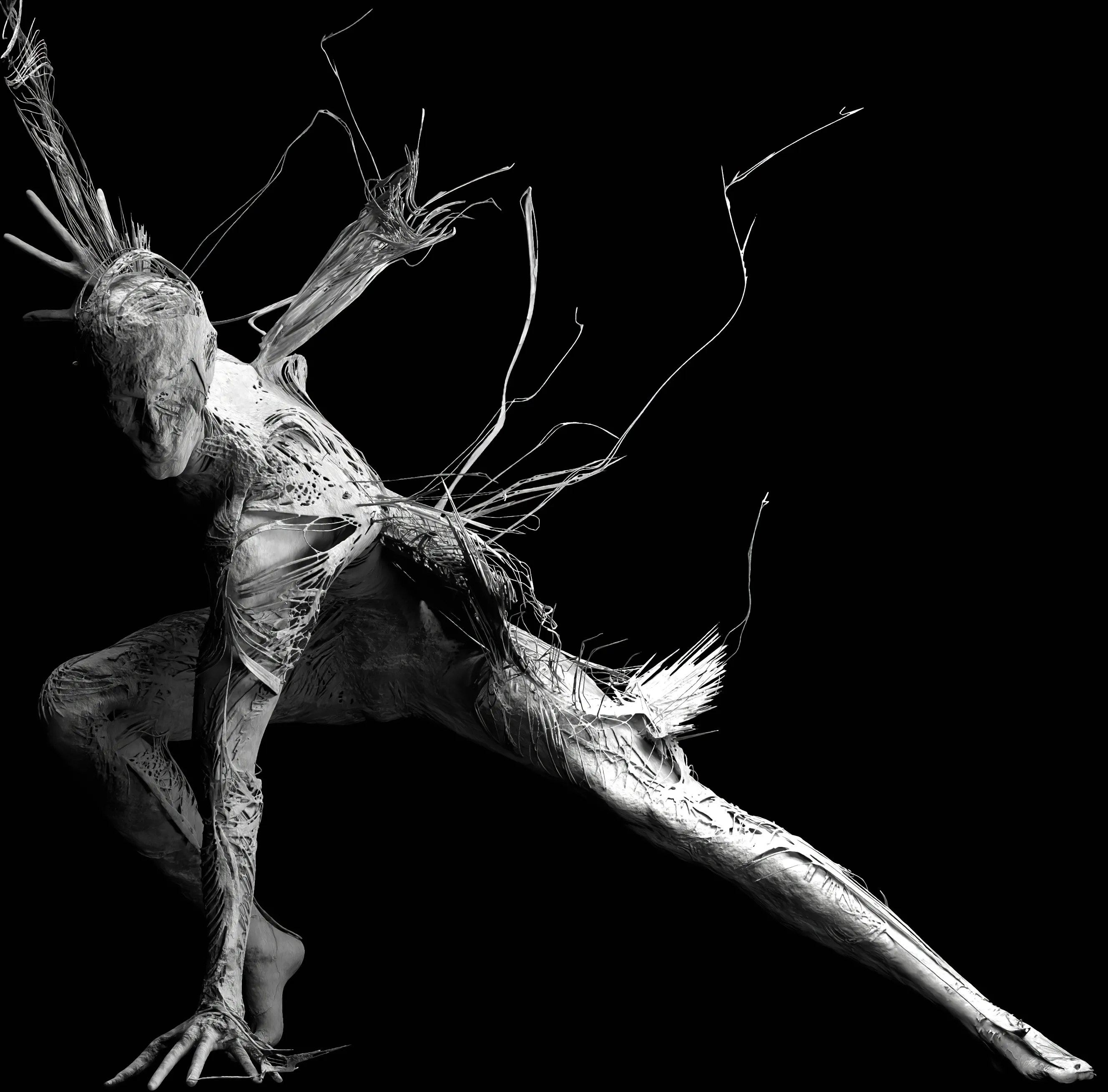
Why is There a Widespread Rejection of Dark Art?
The rejection of dark art can often be attributed to its challenging nature. Many people are uncomfortable confronting themes of death, suffering, and existential dread that dark art frequently explores. This discomfort may lead to a quick dismissal of such works as “ugly” or “unpleasant.” This phenomenon suggests that dark art acts as a mirror reflecting the darker aspects of human experience, which society often prefers to ignore.
Do We Fear That Dark Art Will Challenge Us?
Dark art has a unique ability to confront us with uncomfortable realities we prefer to avoid. According to Theodor Adorno, in Aesthetic Theory (1970), art should not merely be beautiful or pleasant; instead, it should disturb to fulfill its critical function in society. This type of art invites us to reflect on issues we would otherwise sidestep and to question social norms and values.
In this sense, dark art becomes a form of resistance. Adorno argued that art that does not challenge, that settles for being decorative or pleasurable, loses its critical power. Thus, dark art plays a fundamental role in introspection and questioning reality, and its rejection can be interpreted as a form of psychological censorship: we prefer art that comforts us because art that challenges us forces us to think, feel, and confront what we prefer to ignore.
This approach was also defended by Friedrich Nietzsche, who, in The Birth of Tragedy (1872), argued that confronting the tragic and chaotic is essential to understanding the entirety of human experience. For Nietzsche, dark and tragic art is not harmful; it is necessary for a more complete vision of existence.

What is the Real Opinion of the People?
Public opinion on dark art varies widely. While some appreciate its ability to provoke thought and evoke deep emotions, others view it as unsettling or inappropriate. Many people may not fully understand the intent behind dark art, leading to a superficial judgment based on aesthetics alone. This polarized response emphasizes the need for more open discussions about the purpose and value of art in society.
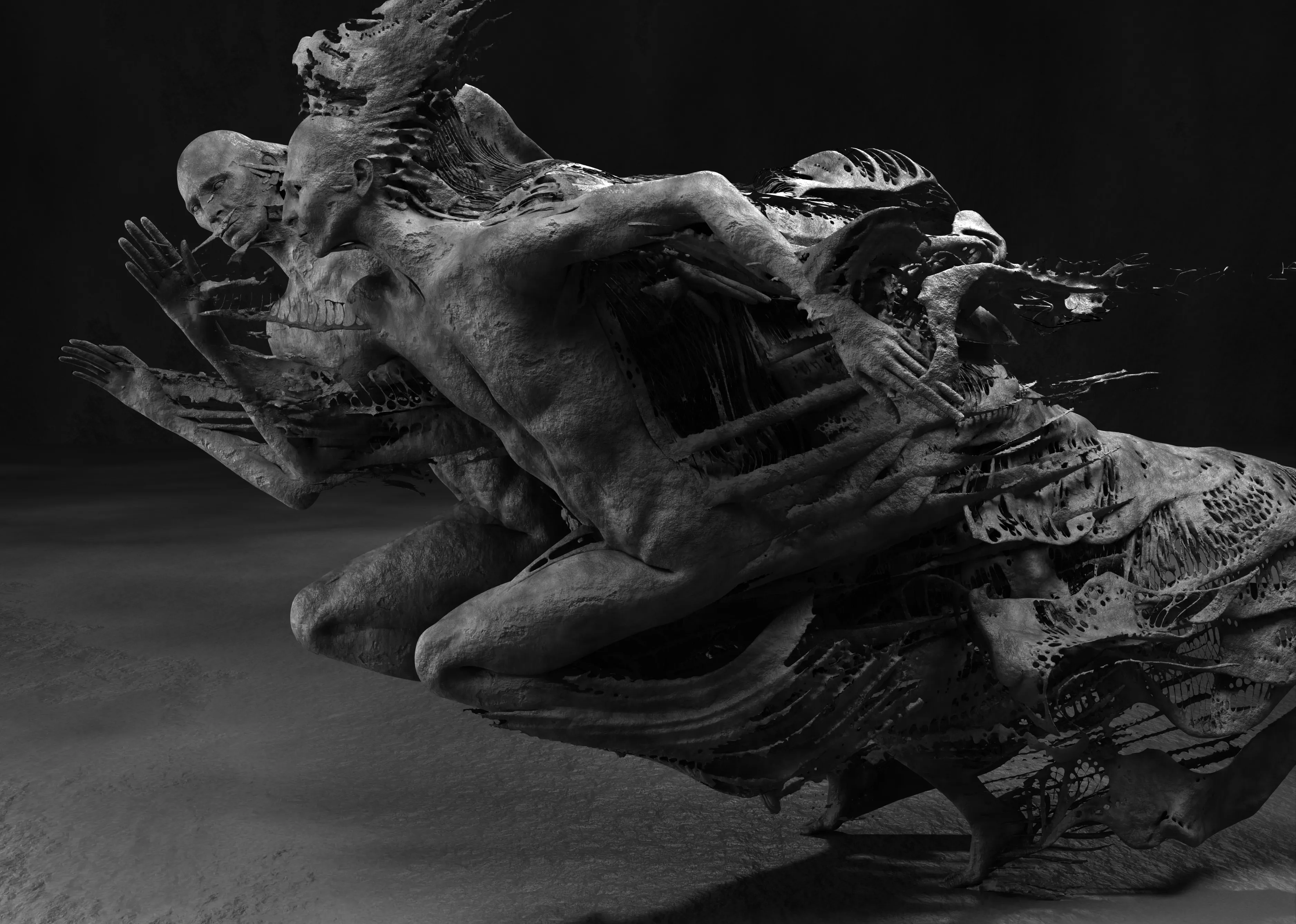
What is the Purpose of Art?
The purpose of art has been debated for centuries. Traditionally, art is seen as a means of expression, communication, and reflection of the human experience. Dark art serves to confront viewers with uncomfortable truths and emotions, prompting introspection and challenging societal norms. As philosophers like Arthur Danto argue, art should stimulate thought and discussion, even if it makes us uncomfortable.
How Does Dark Art Affect Our Psyche?
Dark art is not limited to the macabre; it explores the depths of human experience, such as existential anguish and uncertainty. These works activate areas of our brain related to fear, like the amygdala, generating discomfort. Rollo May, in Man's Search for Himself, argues that dark art confronts anxieties we rarely address. Thus, it becomes a mirror for our shadows.

Why Does Society Reject Dark Art?
Historically, societies have shown reluctance towards what challenges aesthetic and moral norms. Plato warned against art that evokes disturbing emotions, fearing it would harm citizens' character. Psychoanalysis, as Freud notes in The Poet and the Ghosts, suggests that art can mobilize repressed anxieties, causing discomfort by confronting aspects of the unconscious we prefer to hide. Carl Jung complements this idea by indicating that certain symbols in dark art can activate archetypes from the collective unconscious, revealing resistance to confronting our own shadows.

Why Does Ugliness Also Hold Beauty Value?
Dark art faces prejudice against the "ugly," often rejected for not meeting conventional beauty standards. Karl Rosenkranz, in The Aesthetics of Ugliness, argues that ugliness possesses aesthetic value that challenges our expectations. Beauty is a balance between imperfection and perfection; as Leonard Koren notes in Wabi-Sabi for Artists, there is beauty in what we consider ugly, as it confronts us with the reality of chaos and imperfection.
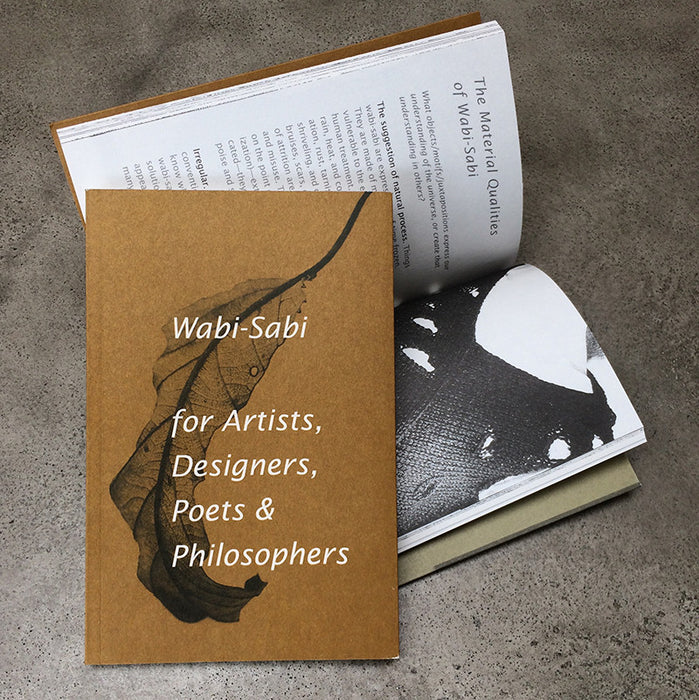
What Does Dark Art Teach Us About Our Society?
Dark art reflects social, political, and cultural tensions. Goya's black paintings, for example, reflect not only his personal torment but also the despair of his time. Arthur Danto suggests that this type of art confronts us with realities we prefer to avoid. Adorno and Horkheimer argue that disturbing art has the potential to generate change by forcing us to question the status quo.
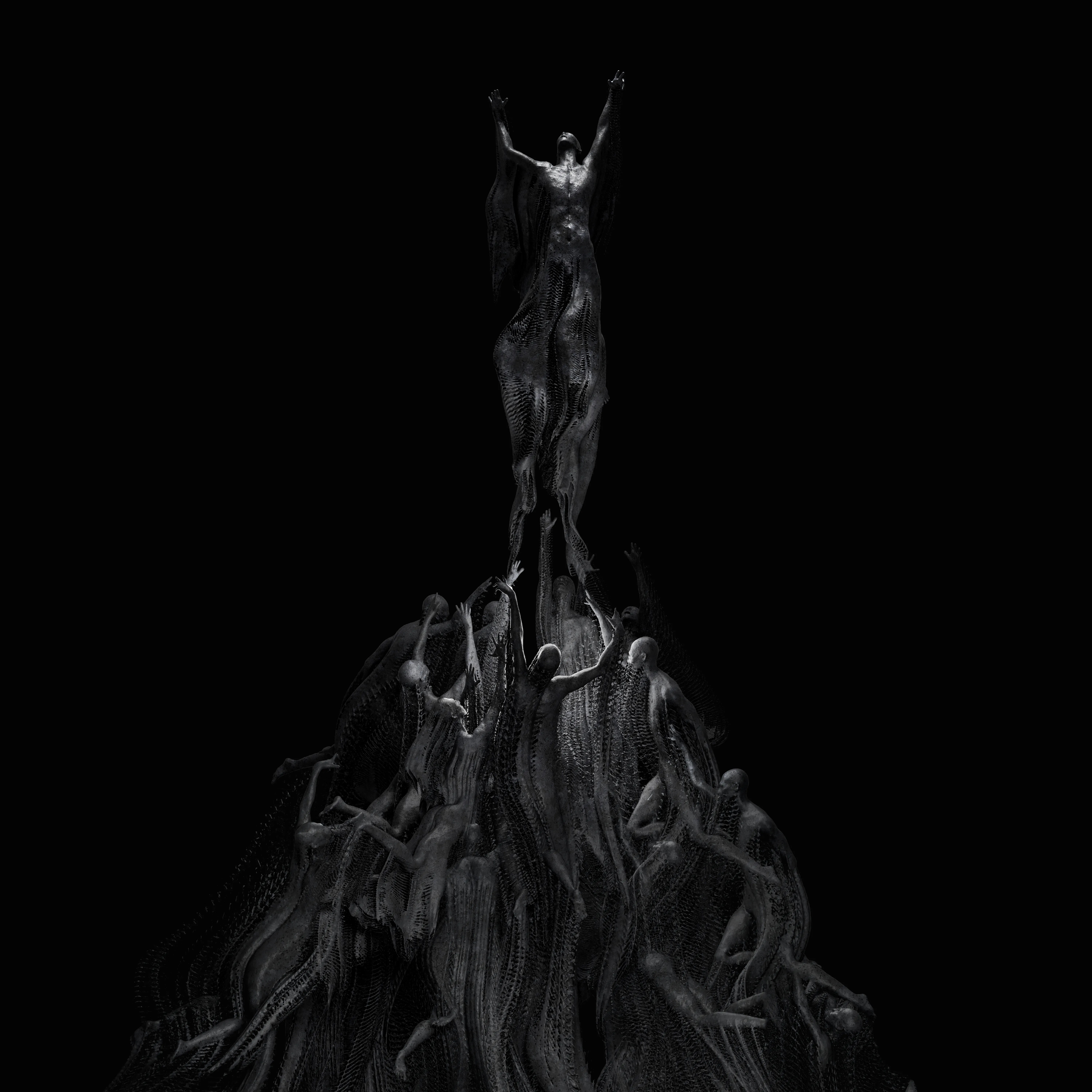
Conclusion: Is Dark Art a Form of Confrontation or Evasion?
Dark art is not merely a reflection of negativity but a critical way to confront what we prefer to ignore. Its value lies in its ability to generate emotional catharsis and deep reflection on life and death, suffering, and beauty. By inviting us to reflect on our individual psyche and social tensions, dark art is a powerful tool for introspection and human understanding.
Thanks for reading!
Explore more of my work at morpho.vision.